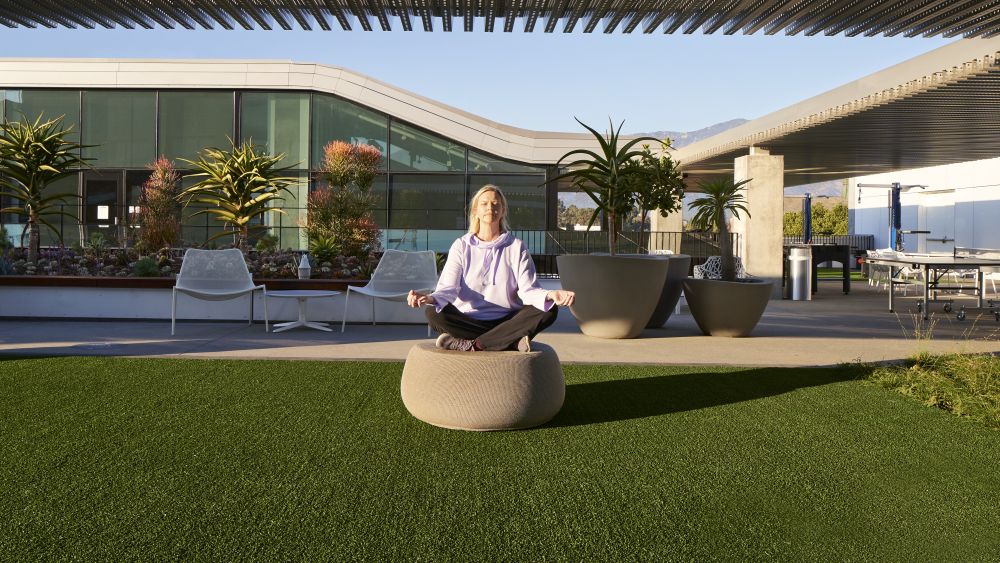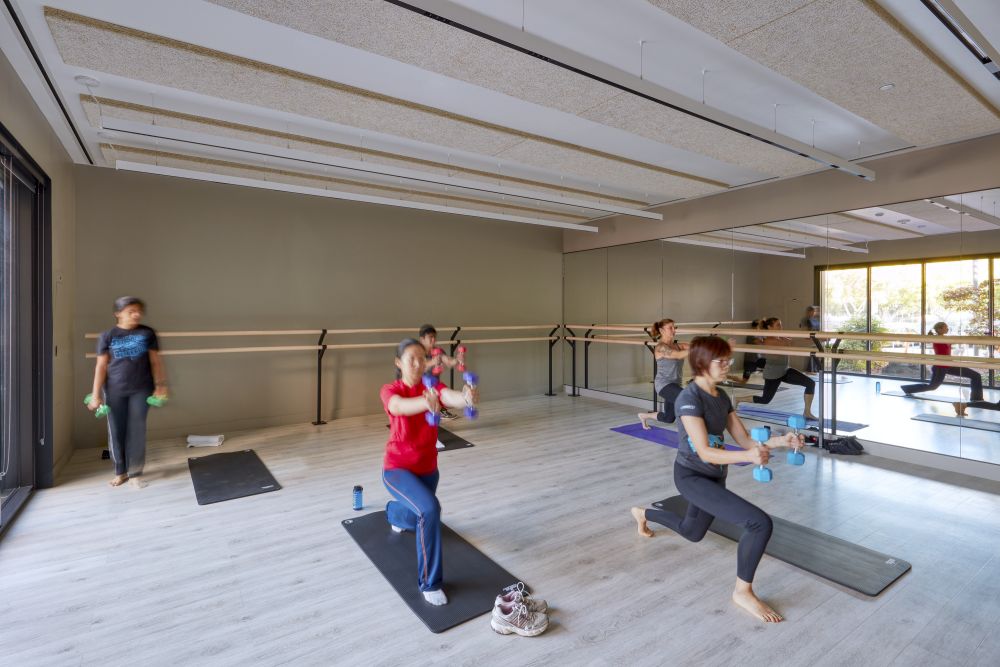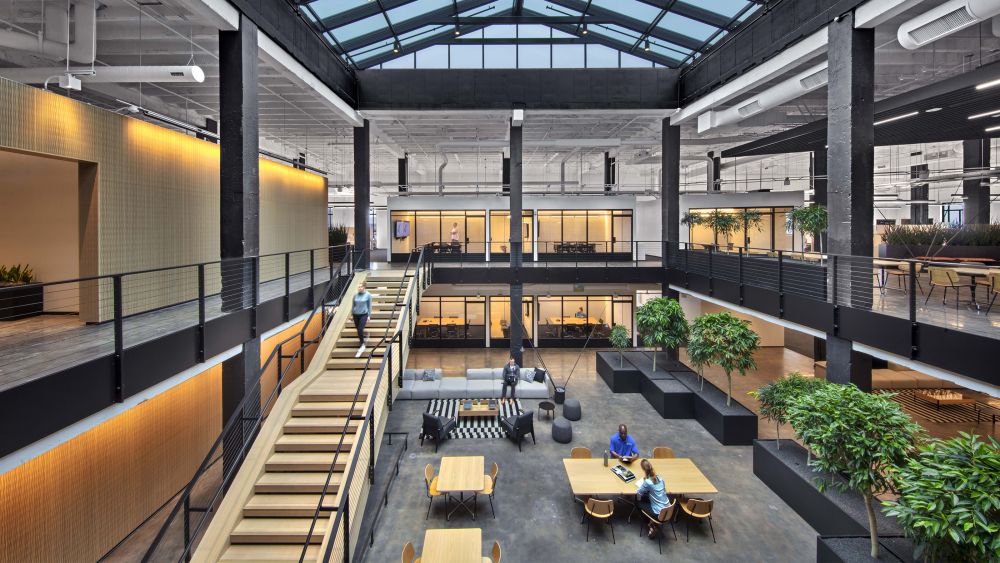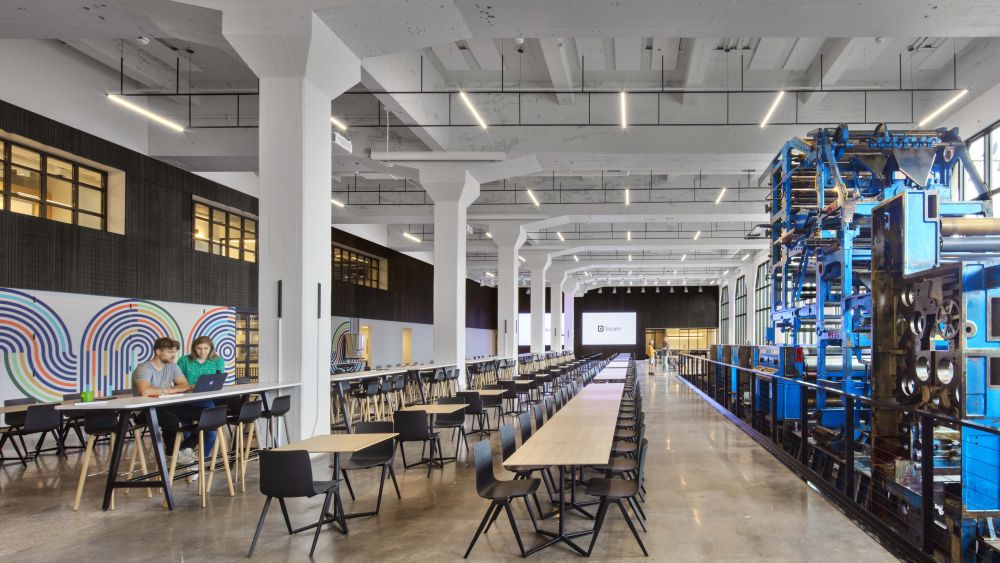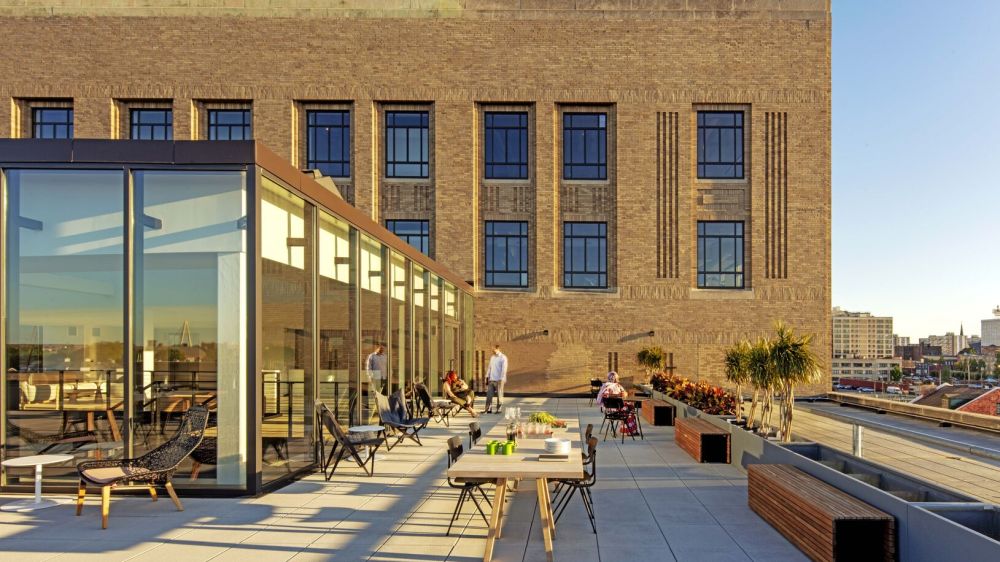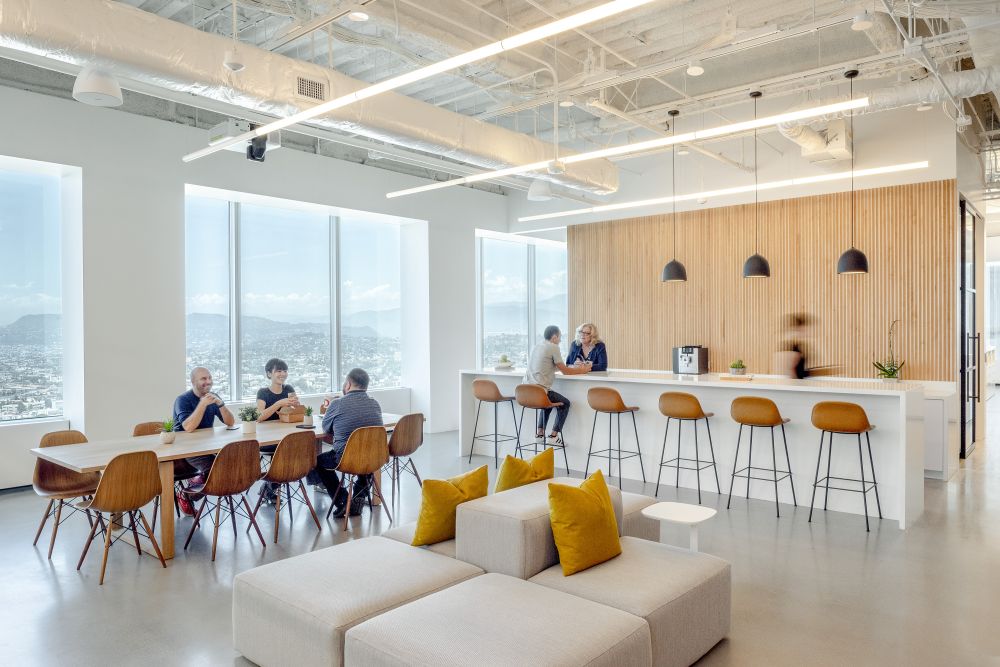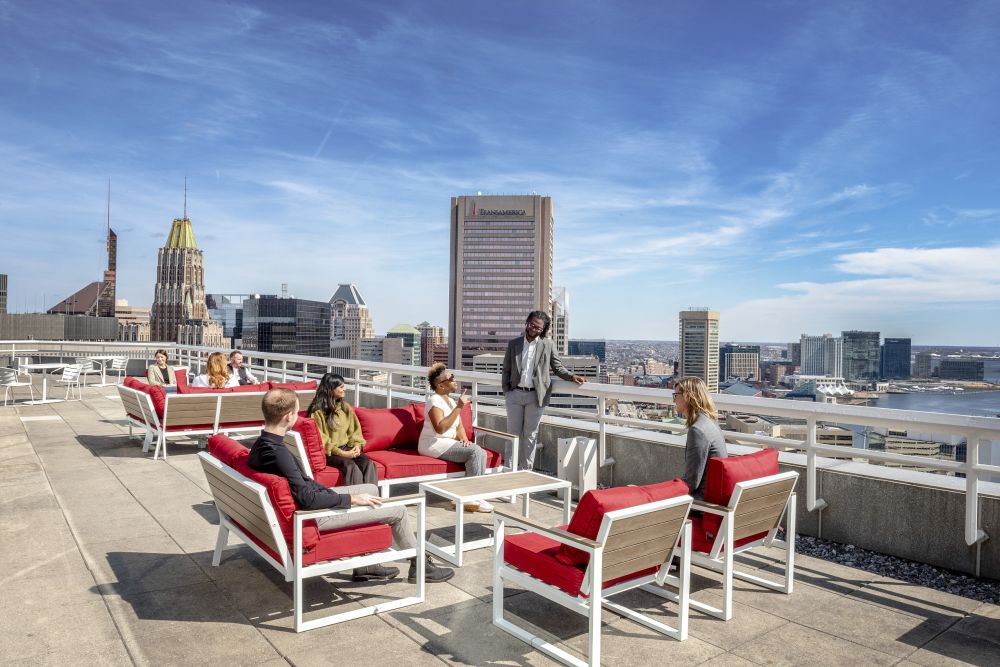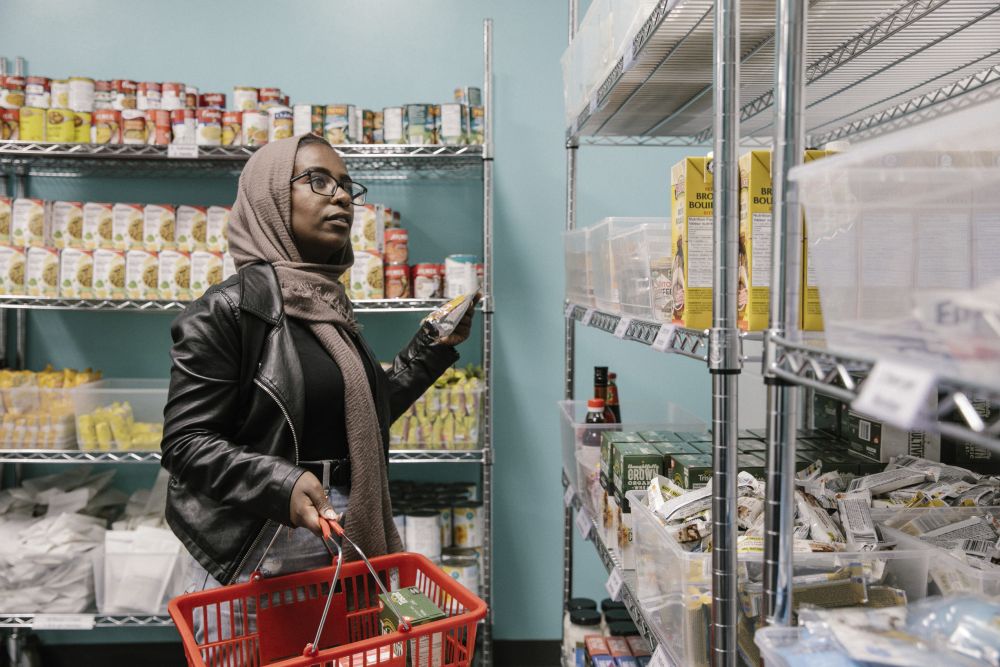Strategies for beating burnout in the workplace
Swapna Sathyan and Cameron Contreras
August 10, 2022
Social Sharing
Burnout is a major issue across the workforce. But with the right strategy in place, design can help alleviate workplace burnout and empower employees to thrive.
Defining burnout and its signals
The American Psychological Association defines burnout as “physical, emotional, or mental exhaustion accompanied by decreased motivation, lowered performance, and negative attitudes toward oneself and others.”
In 2019, the World Health Organization (WHO) classified burnout as an occupational phenomenon, tying it specifically to the workplace as “a syndrome conceptualized as resulting from chronic workplace stress that has not been successfully managed.”
Burnout may present differently for each person, but some common physical symptoms include fatigue, headaches, changes to diet or sleep patterns, and muscle tension. Others may also experience emotional symptoms such as anxiety and apathy or dissatisfaction with work.
Burnout and its impacts
The significant health risks associated with burnout include type 2 diabetes, coronary heart disease, gastrointestinal issues and respiratory problems, resulting in an estimated $125-190 billion of additional healthcare spending every year.
In the workplace, a Gallup study found that employees who reported feeling burned out very often or always are 63 percent more likely to take a sick day and 2.6 times as likely to look for other employment. Burnout is often quoted as a key reason in the recent mass turnover we’ve seen in employee populations. People looking to change jobs is one of the many outcomes we see from this increased burnout.
What’s causing workplace burnout?
A chaotic or high-pressure environment, unclear or unrealistic job expectations, monotonous or unchallenging work, a lack of recognition or support, and a lack of autonomy or control all contribute to workplace burnout.
When you take away control from the work environment, it exacerbates burnout. This is particularly true in recent years with global changes in the macro environment, including the pandemic and resulting socio-economic changes. Lack of choice in how much work employees have, how they work and where they work can contribute to stress and disengagement. This is amplified in neurodiverse populations, who may need consistency and control over their work environment. For example, they may not respond positively to a lot of light or glare, or noise may be very distracting to them.
While burnout is common in all types of workplaces, it’s particularly prevalent in high-stress environments like education and healthcare. In the clinical and healthcare space, the burnout we’re seeing is primarily due to an increase in workload that’s compounded by factors such as the pandemic, staffing shortages and the anxiety of catching an infection.
Strategic responses to burnout
Preventing burnout in the workplace requires a combination of individual action, cultural and operational initiatives, and strategy and design interventions. Organizations can improve employee well-being and reduce burnout by enabling people to do their work more efficiently and support work being done differently.
Individual behaviors
To alleviate burnout, employees can take action themselves in the form of periodic breaks in their schedule, exercise and mindfulness. Employees also find benefits in following a routine, establishing boundaries and pursuing other interests and hobbies outside of work. These are all key, and employers should empower individuals to take these actions.
Cultural and operational initiatives
Fostering a workplace culture that prioritizes employee health and mental well-being is vital to help prevent burnout. For instance, organizations can set mental health days and off-screen or no-meeting days, encourage employees to take paid time off, and offer reduced or flexible hours.
Moreover, helping team members develop strong social connections at work—which take more intentionality to build in a remote world—have been shown to improve employee engagement, productivity and work quality, and can also reduce feelings of loneliness and isolation. There are strong indicators that spending part of the week in the office and another part working remotely can equate to a healthy balance. Gallup supports this, reporting that the most engaged employees spend up to 80 percent of their time (or three to four days in a five-day workweek) working remotely and up to 20 percent (or one to two workdays) in the office.
Strategy and design interventions
Strategic workplace design plays an integral role in addressing burnout. Thoughtful design has a powerful ability to shift the system in a way that better supports and represents the diverse needs of an organization’s workforce.
An ideal work environment would incorporate choice in work settings, ergonomic furniture, natural light, biophilic design, temperature control, air purity, acoustics to reduce noise (including furniture and materials that absorb noise, as well as introducing ambient noise, white noise or natural sounds like simulated water), indoor and outdoor work areas, spaces that promote well-being and spaces that promote community. According to the World Green Building Council, these elements benefit worker well-being, leading to higher cognitive function scores in offices with proper ventilation, increased productivity with views of nature, and improved workplace satisfaction in work environments whose colors, materials and textures evoke a calm and welcoming atmosphere.
However, addressing burnout effectively requires moving beyond design. Having a well-designed workplace strategy is as important as having good workplace design. This includes cultural norms and organizational behaviors around how, when and where work is done, technology use, policies, wellness protocols and how people interact with the work environment.
One of the key points in addressing burnout is not only providing employees with the spaces, but putting a strategy in place that allows them to use those spaces and provides them with the autonomy to make choices on what best supports them and their work.
A collaborative process
Including end users is crucial when developing and implementing workplace strategies that promote employee engagement and alleviate burnout. Empathizing with user needs, gathering insights and translating them into not only design solutions but also policy and culture interventions help make a difference.
Observing employees in action also helps uncover overlooked problems. Ethnographic observations and journey mapping provides insight into users’ needs that they themselves may not be aware of or be unable to articulate. For example, an employee seated near a door in a pediatric clinic may be constantly interrupted to let in a parent with a double stroller because the door wasn’t automated or wide enough, resulting in frustration and work delays. A lot of what we observe may not be immediately perceived as challenges, but they’re all factors which inhibit the use of spaces, and that becomes part of what we design for.
Empathy is also a key driver in designing for an equitable employee experience. A work environment that is perceived as inhospitable is a stressor and contributes to isolation and a lack of belonging.
Redesigning workplace elements and changing organizational norms and behaviors to reduce burnout requires employee buy-in, which can prove to be a barrier. In organizations with a high level of burnout, additional change—even if it intends to help employees—may be perceived negatively. It is important to be realistic about the degree of change and the time and effort that is required for successful adoption. When employees have been engaged throughout the process of design and have been involved in the co-creation of the solutions, they are invested in the outcomes.
Taking care of our own
At CannonDesign, we are ever-focused on aligning our real estate, policy and talent strategies to help individuals alleviate burnout and thrive. Interestingly, we’ve designed the majority of CannonDesign’s offices around the country. In each instance, we bring our Living-Centered Design ethos to bear: creating spaces with abundant light and access to nature, opportunities for exercise and wellness, and much more. We design spaces where people can flourish.
At the same time, we’ve been intentionally evolving work policies to give employees more freedom. Through flexible work hours, remote work, PTO and new models that some employees are seizing, including working four-day work weeks, our staff are more empowered than ever.
It doesn’t mean there aren’t busy days, there always will be. But we have built systems to help staff reduce burnout as they navigate these busy times. We are practicing what we preach when it comes to helping address burnout across our staff population.
Countering burnout by every measure
No doubt, burnout is prevalent in our workforce and in society. Left unchecked, it can negatively impact employee health performance, financial strength and more. While there are no one-size-fits-all solutions, there are strategies that run across policy, design and strategy that can make a huge difference. They can reduce burnout and nourish culture with benefits that echo across organizations and workforces alike.
